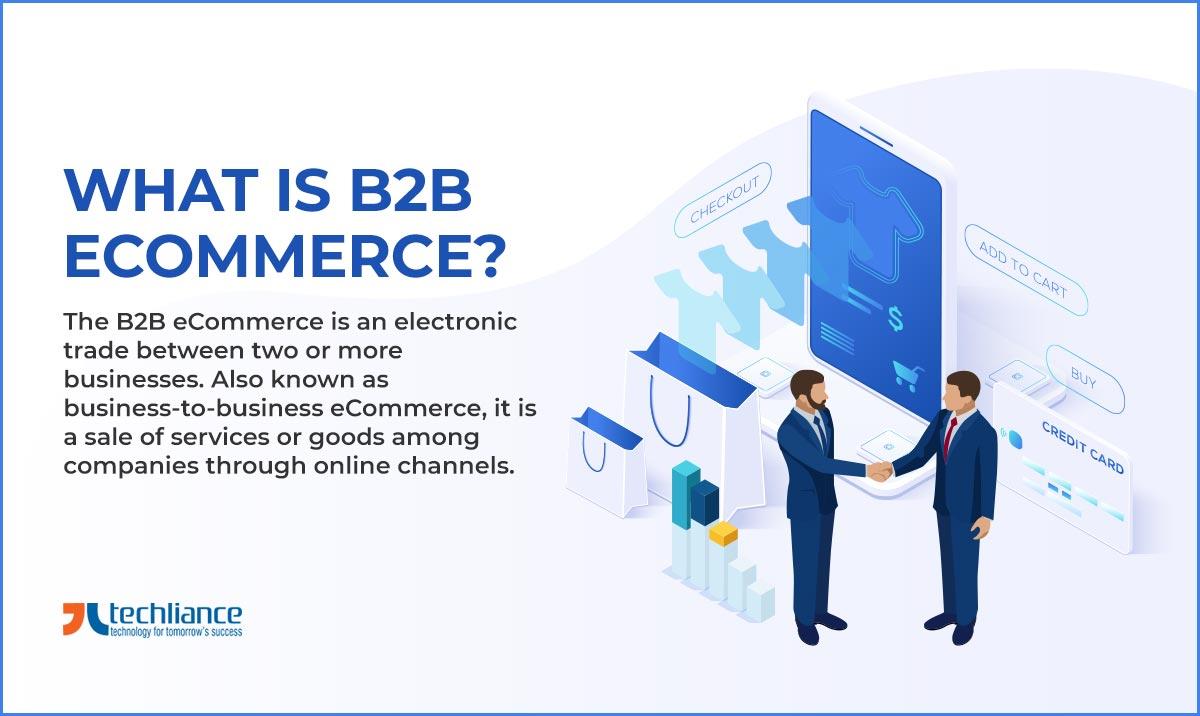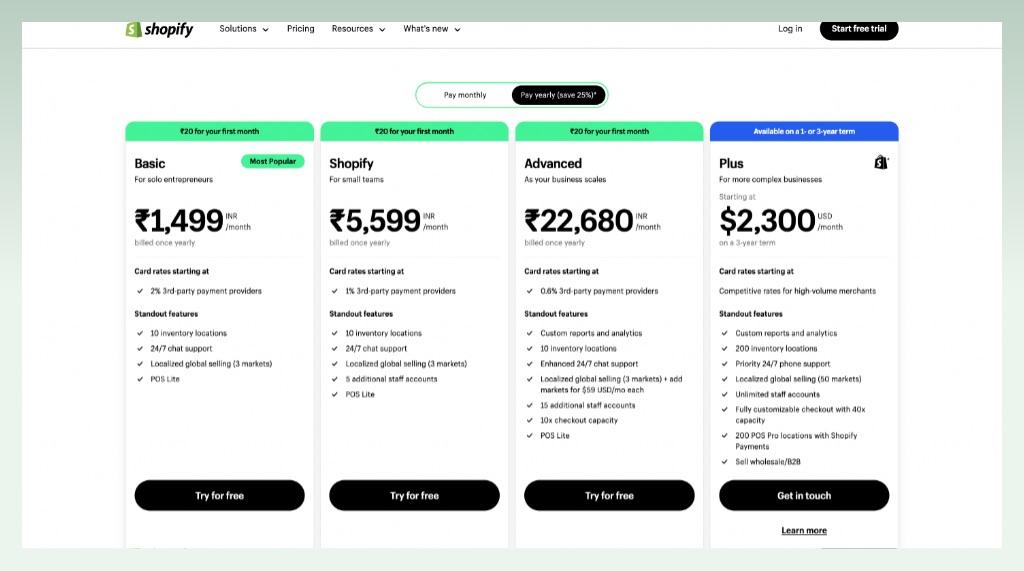Introduction:
Hey there, savvy business leaders! As we stand on the brink of 2025, the world of B2B eCommerce is evolving at lightning speed, and if you want to stay ahead of the game, now is the time to sharpen your strategy. Gone are the days when a simple website was enough to attract buyers. Today’s B2B landscape demands a more complex approach—one that not only captures attention but also fosters lasting relationships and drives substantial revenue.
So, what does a winning B2B eCommerce strategy look like in this fast-paced environment? In this article, we’ll explore the key tactics that will not only help you navigate the complexities of the digital marketplace but also put you steps ahead of your competition.From leveraging data analytics to enhance personalization,to optimizing your supply chain for maximum efficiency,we’ve got you covered.
If you’re ready to transform your eCommerce approach and set your business on a path to success in 2025 and beyond, let’s dive in!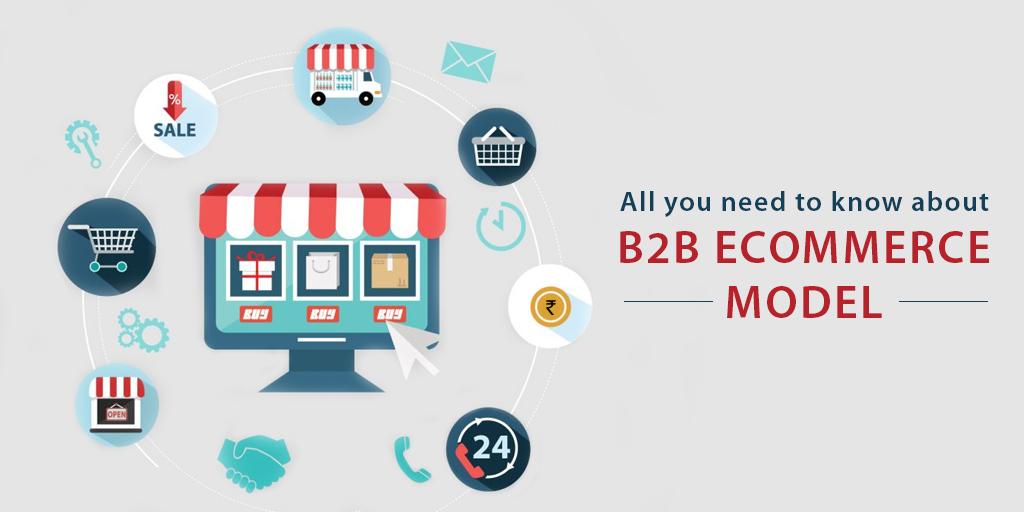
Understanding the Evolving Landscape of B2B Ecommerce
The landscape of B2B ecommerce is undergoing a remarkable change, driven by technological advancements and shifting buyer expectations. In this dynamic environment, businesses must adapt their strategies to stay competitive.Understanding the nuances of this evolving ecosystem is critical for success in 2025 and beyond.
One of the most significant trends is the emphasis on personalization. Today’s B2B buyers expect tailored experiences akin to those they encounter in B2C transactions. Companies that leverage data analytics to understand customer behaviors and preferences can create personalized marketing campaigns and product recommendations that resonate with their audience. This not only enhances customer satisfaction but also drives loyalty and repeat business.
another vital aspect of the modern B2B ecommerce landscape is the integration of omnichannel strategies. Buyers are no longer confined to a single purchasing method; they engage with brands across multiple platforms, including websites, social media, and mobile apps.A seamless integration of these channels ensures a consistent and user-friendly experience. Businesses must invest in technology that supports this omnichannel approach, allowing customers to transition smoothly between channels and making purchases more convenient.
Moreover, the rise of self-service options has become a game changer in B2B transactions.More buyers prefer to manage their purchasing journeys independently, from product research to order placement. Companies that invest in self-service portals and thorough online catalogs empower their customers to make informed decisions quickly. This not only accelerates the sales cycle but also frees up sales teams to focus on higher-value activities, ultimately leading to increased revenue.
Lastly,the importance of sustainability and ethical practices cannot be overstated. As businesses face mounting pressure from consumers and stakeholders to act responsibly, those that prioritize sustainability will stand out in a crowded marketplace. Incorporating eco-friendly practices into the supply chain, offering sustainable product options, and transparently communicating efforts can enhance brand loyalty and attract a growing segment of environmentally conscious buyers.
| Key Trends | Importance | Action Items |
|---|---|---|
| Personalization | Enhances customer satisfaction and loyalty | Utilize analytics for tailored marketing |
| Omnichannel Strategies | Ensures a seamless buyer experience | Invest in technology for integration |
| Self-service Options | Accelerates the sales cycle | Develop online catalogs and portals |
| Sustainability | Builds brand loyalty and reputation | Implement eco-friendly practices |
Prioritizing Customer Experience in your B2B Strategy
In today’s competitive landscape, enhancing customer experience is not just a bonus; it’s a necessity. Businesses must remember that B2B customers are also consumers and expect seamless interactions similar to those found in B2C environments. by putting the customer at the center of your strategy, you can cultivate long-lasting relationships and drive loyalty.
To effectively enhance your customer experience, focus on these key areas:
- Personalization: tailor experiences to meet the unique needs of each client. Utilize data analytics to understand purchasing behavior and preferences.
- streamlined Interaction: Ensure that your communication channels are clear and efficient. Offer multiple ways for clients to reach you, including chat, email, and phone support.
- Proactive Engagement: Don’t wait for customers to come to you with issues.Anticipate their needs and reach out with solutions or suggestions.
- User-Friendly Platforms: Invest in technology that simplifies the buying process. An intuitive, mobile-friendly website can considerably enhance the customer journey.
Furthermore, integrating feedback loops into your operations can provide invaluable insights. By seeking out customer opinions regularly, you can adapt your offerings and address concerns before they escalate. Here’s a simple table to illustrate how feedback can be categorized:
| Feedback Type | Actionable Insights |
|---|---|
| Product Quality | Implement quality checks and updates. |
| Service Responsiveness | Enhance training for support staff. |
| Website Usability | Redesign for a more streamlined experience. |
Lastly, remember that a positive customer experience directly correlates with increased revenue. Satisfied customers are more likely to become repeat buyers and refer your business to others. Prioritizing their needs today will set your company apart in the B2B eCommerce world of tomorrow.It’s an investment in your future that can yield exponential returns.

Leveraging Data Analytics for Informed Decision Making
In the fast-paced world of B2B eCommerce, data analytics has emerged as a game-changer for businesses aiming to enhance their decision-making processes. By harnessing the power of data,organizations can gain critical insights into customer behavior,market trends,and operational efficiencies. This shift not only empowers leaders to make informed choices but also positions their companies to respond swiftly to evolving market dynamics.
One of the most significant advantages of utilizing data analytics is the ability to uncover patterns that may not be readily apparent. As an example, businesses can analyze purchasing data to identify:
- Customer Preferences: understanding which products are favored can guide inventory decisions.
- Seasonal Trends: Recognizing peak buying seasons enables better stock management.
- Price Sensitivity: Analyzing past pricing strategies can help optimize future pricing models.
Moreover, predictive analytics plays a pivotal role in shaping strategies for 2025 and beyond.By leveraging ancient data, companies can forecast future sales and demand with remarkable accuracy. This foresight allows businesses to:
- Optimize Supply Chains: Ensure that products are available when and where they are needed.
- Enhance Customer Experience: Tailor marketing efforts to resonate with target audiences more effectively.
- Reduce Operational Costs: Identify inefficiencies and streamline processes for better resource allocation.
To illustrate the impact of data analytics on decision-making, consider the following table showcasing how diffrent types of data can drive strategic initiatives:
| Data Type | Impact Area | Strategic Initiative |
|---|---|---|
| sales Data | Product Development | Identify new product opportunities |
| Customer Feedback | Service Betterment | Revamp customer support protocols |
| Market Trends | Competitive Analysis | Adjust marketing campaigns |
As we look to the future, embracing data analytics isn’t just an option; it’s a necessity. Companies that leverage these tools effectively will find themselves not only surviving but thriving in the competitive B2B eCommerce landscape. by integrating data-driven insights into their strategies, businesses can foster a culture of continuous improvement, ensuring they remain agile and responsive to market needs.
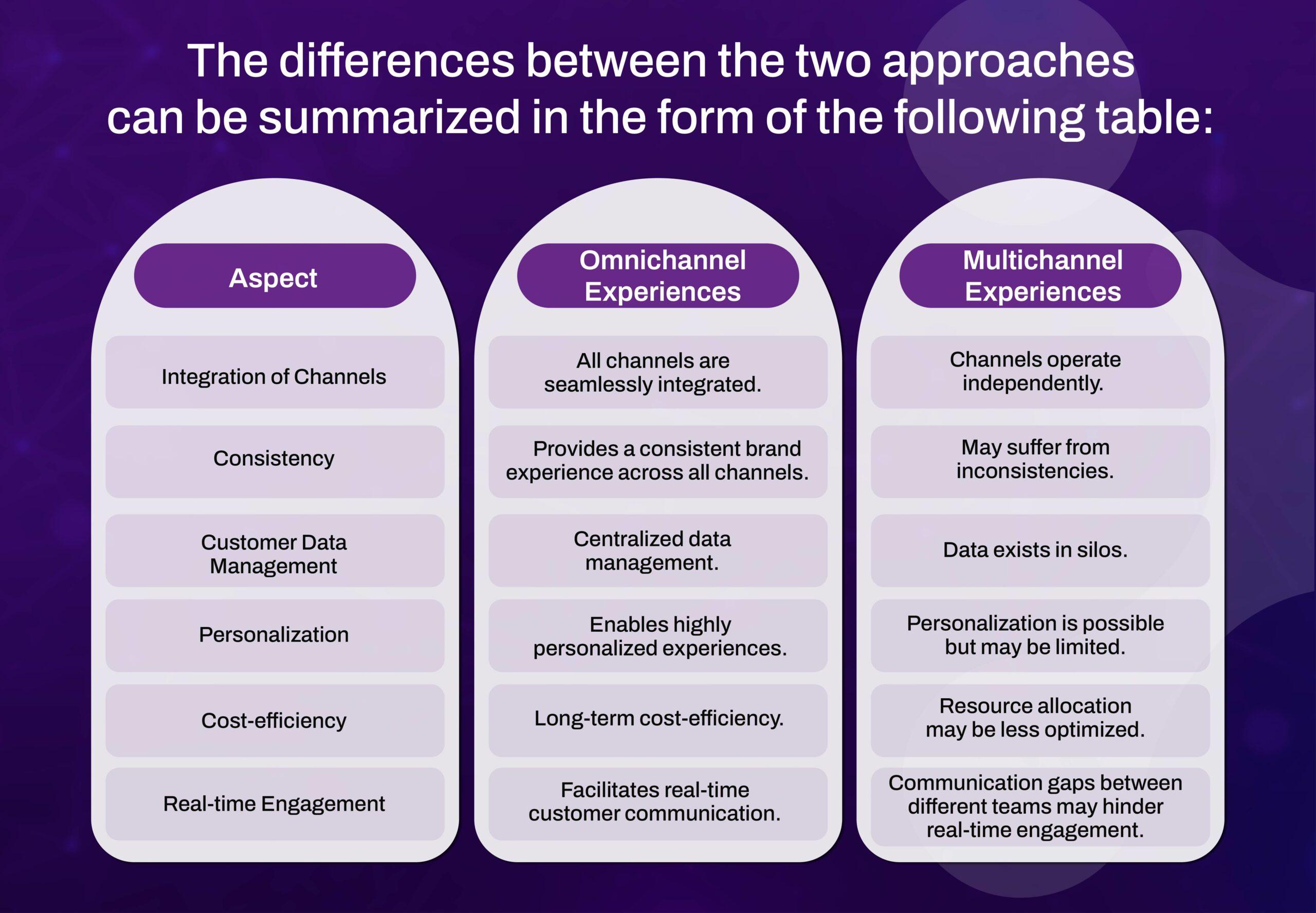
integrating Omnichannel Approaches for seamless Engagement
In the rapidly evolving landscape of B2B ecommerce, the integration of omnichannel approaches is essential for creating a seamless experience that resonates with customers.Businesses must recognize that their clients engage across multiple platforms,and consistency across these channels can significantly enhance customer loyalty and satisfaction.
To effectively integrate omnichannel strategies, companies should focus on the following key areas:
- Unified Communication: Establish a single point of contact for customer inquiries, whether through chat, email, or phone. This ensures that clients receive consistent facts and support, reducing frustration.
- Data Synchronization: leverage data analytics to gather insights from various channels. This helps in personalizing the shopping experience by understanding customer preferences and behaviors.
- Responsive Design: Ensure that your digital platforms are accessible and functional across all devices. A seamless transition between mobile, tablet, and desktop can significantly enhance user experience.
- Integrated Marketing Campaigns: Create cohesive marketing strategies that span across email, social media, and direct outreach. This maximizes touchpoints and reinforces brand messaging.
Furthermore, businesses should consider adopting a customer relationship management (CRM) system that supports omnichannel strategies.Such systems can track customer interactions across all platforms, providing valuable insights that can inform future marketing efforts and product offerings.
| channel | benefits |
|---|---|
| Website | Central hub for information and transactions |
| Social Media | Engagement and brand visibility |
| Direct communication and personalized outreach | |
| Mobile App | Convenience and on-the-go access |
Ultimately,the goal is to create a cohesive experience that not only meets but exceeds customer expectations. by integrating various channels effectively, businesses can foster deeper relationships with their clients, driving engagement and loyalty in an increasingly competitive market.

Harnessing the Power of Personalization in B2B Transactions
In the evolving landscape of B2B eCommerce, personalization is no longer just a buzzword; it’s a necessity. Businesses today are increasingly recognizing that tailored experiences can significantly enhance customer satisfaction and loyalty. By leveraging data analytics, companies can gain valuable insights into customer preferences, enabling them to create a more customized shopping experience.This approach not only addresses the individual needs of clients but also fosters deeper relationships that translate into long-term partnerships.
To effectively harness the power of personalization, consider implementing the following strategies:
- Data-Driven Insights: Utilize customer data to understand purchasing patterns and preferences. This insight allows businesses to recommend products and services that align with the client’s specific needs.
- Segmented Marketing Campaigns: Develop targeted campaigns based on customer segments. By addressing the unique challenges and needs of each segment, companies can enhance engagement and conversion rates.
- Personalized Communication: Tailor communication based on customer interactions. Use CRM tools to automate and customize email marketing, ensuring that messages resonate with individual customers.
- Dynamic Pricing Models: Implement pricing strategies that reflect customer value and loyalty. Offering personalized pricing can significantly enhance customer retention.
Moreover, consider the role of artificial intelligence in your personalization strategy. AI can analyze vast amounts of data quickly, helping to create real-time personalized experiences. For example,AI-driven chatbots can offer customized support,while recommendation engines can suggest products based on previous purchases. This level of attention not only improves the customer journey but also increases the likelihood of repeat business.
Investing in a robust technology infrastructure that supports personalization is equally essential. This includes integrating platforms that allow for seamless data sharing across departments, ensuring that marketing, sales, and customer support work in harmony. A cohesive approach ensures that the client receives a consistent and personalized experience across all touchpoints.
As we look toward 2025, it’s clear that personalization will remain a cornerstone of successful B2B transactions. By focusing on specific customer needs and preferences, businesses can create a distinct competitive advantage, driving growth and fostering lasting loyalty in an increasingly crowded marketplace.
Optimizing Supply Chain Management for Greater Efficiency
Enhancing Inventory Management
in the quest for greater efficiency, one of the crucial aspects of supply chain management is inventory management.Businesses must adopt modern inventory technologies, such as real-time tracking systems and automated replenishment processes. This not only reduces excess stock but also prevents stockouts, ensuring that customer demands are met without delays.
Leveraging Data Analytics
Data is the backbone of informed decision-making. By utilizing advanced data analytics,companies can gain insights into customer behavior,forecast demand more accurately,and identify inefficiencies within their supply chain. Analyzing historical sales data and market trends allows businesses to make strategic decisions that enhance overall performance.
Collaborative Partnerships
Building strong relationships with suppliers and logistics partners is essential. Collaborative partnerships can drive innovation and streamline processes. Consider implementing a Vendor Managed Inventory (VMI) system, which encourages suppliers to take responsibility for managing inventory levels. This can significantly reduce lead times and optimize stock levels.
Investing in Technology
Embracing new technologies such as artificial intelligence (AI) and machine learning can revolutionize supply chain operations. These tools can predict disruptions, automate repetitive tasks, and enhance route optimization for logistics. Taking the leap into cloud-based solutions also enables seamless communication across teams and improves real-time visibility into the supply chain.
Agility and Versatility
fostering an agile supply chain allows businesses to respond swiftly to market changes. Emphasizing flexibility in logistics and sourcing strategies ensures that companies can pivot when necessary. This might include diversifying suppliers, utilizing multiple shipping channels, or incorporating just-in-time manufacturing practices to reduce waste.

Investing in Technology: The Future of B2B Platforms
As we look ahead to 2025, investing in technology is no longer just a buzzword; it’s a necessity for businesses aiming to thrive in the competitive B2B landscape. With digital transformation at the forefront, companies must leverage advanced technologies to create more efficient and effective platforms. This isn’t just about staying relevant; it’s about revolutionizing how businesses interact, transact, and grow.
To capitalize on the potential of B2B platforms, organizations should consider the following key areas of investment:
- Artificial Intelligence (AI): Integrating AI can optimize customer interactions, automate processes, and provide data-driven insights that drive decision-making.
- Blockchain technology: This offers unparalleled security and transparency in transactions, making it easier to build trust between partners.
- Cloud Computing: Embracing cloud solutions enables scalability,flexibility,and remote access,crucial for modern enterprises.
- Data Analytics: Harnessing big data allows businesses to understand market trends and customer preferences, enabling personalized experiences.
Moreover, enhancing user experience through intuitive design and seamless navigation is paramount. A platform that is easy to use will not only attract new clients but also retain existing ones. The focus should be on creating a customer-centric environment that simplifies the purchasing process and makes information easily accessible.
Implementing an omnichannel approach is another critical tactic.This ensures that your B2B platform is accessible across multiple devices and channels, providing a unified experience. Companies must also invest in robust customer support technologies, such as chatbots and AI-driven help desks, to address inquiries and resolve issues in real-time.
let’s not underestimate the power of integration. Seamlessly linking your B2B platform with existing enterprise systems (like CRM and ERP) can enhance operational efficiency. Here’s a quick comparison of integrated versus non-integrated systems:
| Feature | Integrated Systems | Non-Integrated Systems |
|---|---|---|
| Data Accuracy | High | Low |
| Operational Efficiency | Enhanced | Reduced |
| customer Experience | Smoother | Fragmented |
Ultimately, the future of B2B platforms hinges on how well these technological investments are harnessed. by staying ahead of the curve and embracing innovation, businesses can not only improve their operational capabilities but also position themselves as leaders in their respective markets.
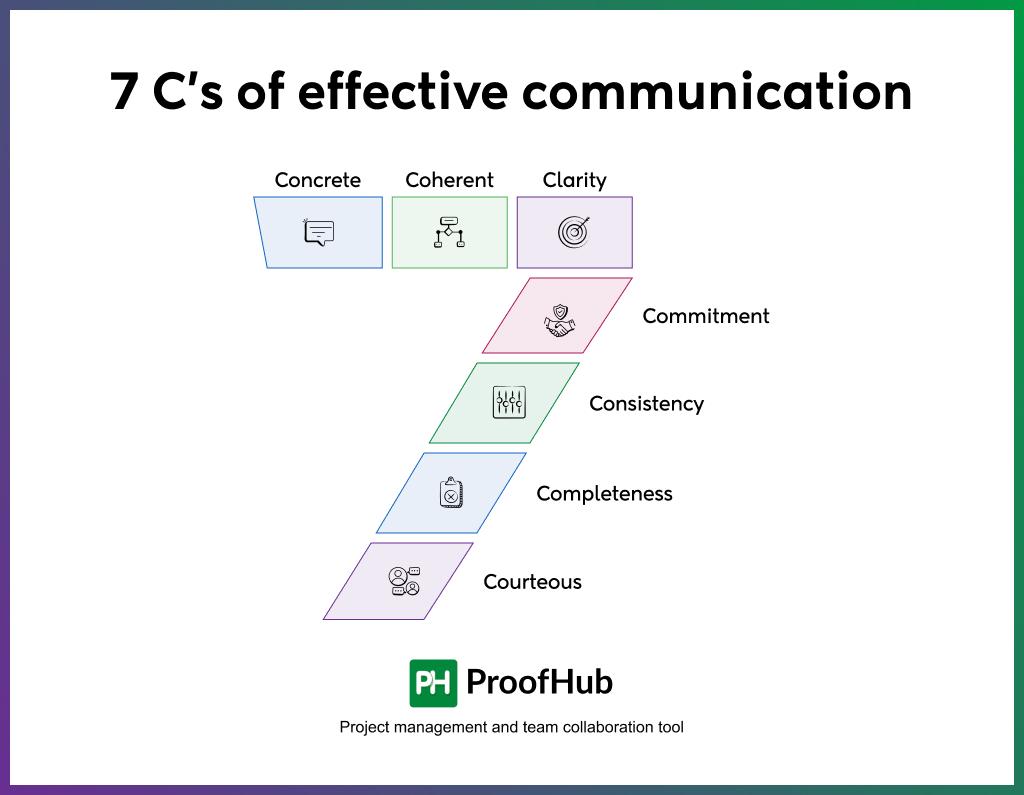
Building Stronger relationships Through Effective Communication
In the fast-paced world of B2B eCommerce, the ability to communicate effectively can be the cornerstone of building and maintaining strong business relationships. Whether you’re negotiating deals, resolving conflicts, or collaborating on projects, clear and open communication can enhance trust and foster long-term partnerships.
To strengthen relationships through effective communication, consider the following strategies:
- Active Listening: Truly listen to your partners. This means not just hearing their words but understanding their needs and concerns.Acknowledge their points to show you’re engaged.
- Transparency: Be open about your processes, challenges, and expectations. This builds trust and helps both parties feel more pleasant discussing sensitive issues.
- Regular Check-Ins: Establish a routine for updates and feedback. Consistent communication helps prevent misunderstandings and keeps both sides aligned on goals.
- Tailored Communication: Adapt your communication style to suit your audience. Recognize that different partners may require different approaches for optimal engagement.
Utilizing technology can also play a pivotal role in enhancing communication. Here’s a quick look at some tools that can facilitate better dialog between B2B partners:
| Tool | Purpose |
|---|---|
| Slack | Instant messaging for quick updates and collaboration. |
| Zoom | Video conferencing for face-to-face interactions. |
| Trello | Project management to keep all parties informed about tasks and deadlines. |
| HubSpot | CRM for managing relationships and tracking communications. |
Additionally, fostering a culture of open dialogue can significantly impact relationship quality. Encourage feedback and make it clear that every partner’s voice is valued. Celebrate successes, but also be willing to discuss and learn from setbacks. This approach not only bolsters communication but also strengthens the overall partnership.
Remember, building relationships is not just about the transactions but about creating a network of mutual respect and understanding. As we move toward 2025, prioritizing effective communication will be essential in navigating the complexities of B2B eCommerce.
Adapting to Sustainability Trends in B2B Ecommerce
As the landscape of B2B e-commerce evolves, sustainability has emerged as a driving force behind purchasing decisions. Businesses are increasingly aware of their environmental impact, prompting them to seek out partners and suppliers who demonstrate a commitment to sustainable practices.Adapting to these trends is not just beneficial—it’s essential for long-term success.Here are some key strategies for aligning your e-commerce approach with the growing demand for sustainability.
first and foremost, embracing transparency in your sourcing and production processes can significantly enhance your brand’s reputation. Customers want to know where their products come from and the methods used in their creation. by sharing this information through detailed product descriptions, sourcing reports, or even interactive web content, you foster trust and create a loyal customer base that values ethical considerations.
In addition, consider implementing sustainable packaging solutions. This can include using biodegradable materials, reducing excess packaging, and promoting recycling efforts.Not only does this reduce waste, but it also resonates well with environmentally conscious consumers. When you highlight your commitment to sustainable packaging on your website, you create an emotional connection with your audience, ultimately driving sales.
Another effective tactic is to leverage green logistics. Optimize your supply chain to minimize carbon emissions by selecting eco-friendly transport options and consolidating shipments. This not only enhances operational efficiency but also aligns your business with sustainability goals. To communicate these efforts, a visual representation of your green logistics strategy can be beneficial.
| Strategy | Benefits |
|---|---|
| Transparent Sourcing | Builds trust and loyalty |
| Sustainable Packaging | Reduces waste and appeals to eco-conscious buyers |
| Green Logistics | Minimizes carbon footprint, enhances efficiency |
engage your customers in sustainability initiatives. Whether through educational content, community clean-up events, or partnerships with environmental organizations, your involvement can inspire your audience to participate actively. By positioning your brand as a leader in sustainability, you not only differentiate yourself from competitors but also create a strong community of like-minded businesses and consumers.

Measuring Success: Key Metrics to Track and Improve Your Strategy
Understanding the right metrics to evaluate your B2B eCommerce strategy is crucial for driving growth and optimizing your efforts. To effectively measure success, it’s essential to focus on key performance indicators (KPIs) that align with your business goals. This approach enables you to identify both strengths and areas for improvement, ensuring that your strategy remains agile and effective.
Here are some key metrics to track:
- Conversion Rate: The percentage of visitors who complete a desired action, such as placing an order. A higher conversion rate indicates effective marketing and a user-friendly site.
- Customer Acquisition Cost (CAC): This measures how much you spend to acquire a new customer. Lowering your CAC while maintaining quality leads is vital for profitability.
- Average Order Value (AOV): Calculating the average amount spent per order helps gauge customer purchasing behavior and can inform upselling strategies.
- Customer Lifetime Value (CLV): Understanding how much revenue a customer generates over their lifetime allows for better forecasting and marketing investment decisions.
- Cart Abandonment Rate: Analyzing the percentage of shoppers who add items to their cart but don’t complete the purchase can highlight issues in your checkout process.
To help visualize these metrics, consider the following table that outlines their significance and how to track them:
| Metric | Significance | How to Track |
|---|---|---|
| Conversion Rate | Indicates overall effectiveness of your sales funnel. | Google Analytics, eCommerce platform dashboards. |
| Customer Acquisition Cost | Helps assess the efficiency of your marketing spend. | Marketing expense reports, CRM data. |
| Average Order Value | Informs pricing strategies and inventory management. | Sales reports, eCommerce analytics. |
| Customer Lifetime Value | Guides customer retention strategies and resource allocation. | CRM systems, financial modeling. |
| Cart abandonment Rate | Highlights potential issues in the buying process. | eCommerce platform analytics, user feedback. |
Regularly reviewing these metrics will not only help you assess the effectiveness of your current strategy but also empower you to make data-driven decisions. By continuously iterating and refining your approach based on these insights, you can enhance customer experience, boost sales, and ensure your B2B eCommerce strategy remains competitive in a rapidly changing marketplace.
Frequently Asked Questions (FAQ)
Q&A: B2B Ecommerce Strategy – The Key Tactics for 2025
Q1: Why is having a solid B2B ecommerce strategy crucial for businesses right now?
A1: Great question! In today’s digital age, a robust B2B ecommerce strategy isn’t just a nice-to-have; it’s a must-have. With more businesses moving online, customers expect seamless, efficient buying experiences. A well-crafted strategy helps you stay competitive, streamline operations, and ultimately drive revenue growth. By 2025, those who haven’t adapted may find themselves left behind.
Q2: What are some key tactics businesses should focus on to enhance their B2B ecommerce strategy?
A2: There are several tactics you should consider:
- Personalization: Tailor the buying experience to meet the specific needs of your customers. Utilize data analytics to offer personalized product recommendations and targeted marketing messages.
- Omnichannel Approach: Ensure your customers can interact with your brand on multiple platforms—be it through your website, social media, or in-person.
- Automation: Invest in automation tools to streamline order processing, inventory management, and customer service. This not only saves time but reduces human error.
- Content Marketing: Create valuable content that informs and educates your customers.This can position your brand as a thought leader and build trust.
- Mobile Optimization: With more buyers using mobile devices, ensure your ecommerce platform is mobile-friendly. A seamless mobile experience can significantly increase conversion rates.
Q3: How can companies leverage data to improve their ecommerce strategy?
A3: Data is your best friend! By analyzing customer behavior and preferences, businesses can make informed decisions. Here’s how:
- Customer Segmentation: Use data to segment your audience based on purchasing behavior, which allows for more targeted marketing efforts.
- Sales Forecasting: Historical data can definitely help you predict future sales trends, enabling better inventory management and resource allocation.
- Performance Tracking: Monitor key metrics like conversion rates and customer retention to identify what’s working and what needs improvement.
Q4: What role does customer experience play in B2B ecommerce?
A4: Customer experience is everything! In B2B, the buying process can be complex, and a positive experience can set you apart from competitors.Focus on providing excellent customer service, easy navigation, and fast response times. Happy customers are more likely to become repeat buyers and even refer others to your business!
Q5: Are there any emerging technologies that businesses should consider for their B2B ecommerce strategies?
A5: absolutely! Keep an eye on:
- AI and Machine Learning: These technologies can help with predictive analysis, personalized marketing, and even chatbots for customer service.
- Augmented Reality (AR): AR can enhance the shopping experience by allowing customers to visualize products in their own environment before making a purchase.
- Blockchain: This can improve transparency and security in transactions, which is crucial for building trust in B2B relationships.
Q6: How can a business ensure it’s ready for the future of B2B ecommerce?
A6: To prepare for the future, businesses should stay agile and be willing to adapt. Regularly review and update your ecommerce strategy based on emerging trends. Engage with your customers for feedback,invest in technology,and keep an eye on competitors. The key is to be proactive rather than reactive!
Q7: What’s the biggest takeaway for readers looking to enhance their B2B ecommerce strategy?
A7: Don’t wait until 2025 to make changes! Start implementing these tactics today. The landscape is evolving rapidly, and those who take initiative now will reap the rewards in the future. Embrace innovation, prioritize customer experience, and leverage data to drive your strategy. your future self will thank you!
To Conclude
As we wrap up our exploration of B2B eCommerce strategies for 2025,it’s clear that the landscape is evolving faster than ever. Navigating this dynamic environment requires a blend of innovative tactics and a customer-centric approach. From leveraging advanced technologies like AI and automation to prioritizing personalized experiences, the strategies we’ve discussed are not just trends—they are essentials for staying competitive.
Remember, the future of B2B eCommerce isn’t just about selling products; it’s about building relationships and creating value for your partners. By investing in the right tools and strategies today, you’re setting the stage for sustainable growth and success tomorrow.
So, are you ready to take your B2B eCommerce strategy to the next level? The opportunities are vast, and the time to act is now.Embrace these key tactics, keep your customers at the heart of your decisions, and watch your business thrive in the ever-changing digital marketplace.
Let’s gear up for 2025 together—your success story starts here!

